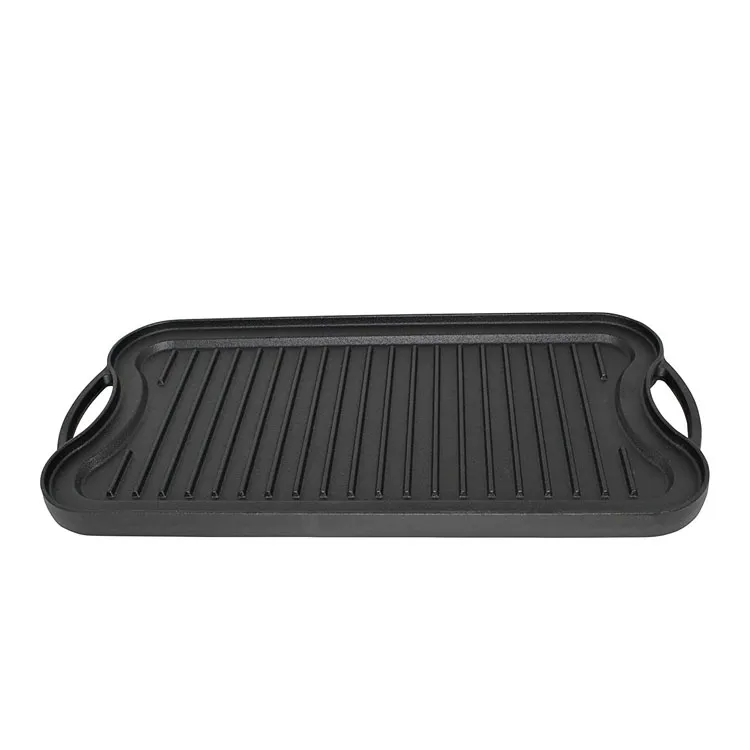
Wok or Cast Iron Which Cooking Tool Suits Your Needs Better for Every Dish
Wok vs. Cast Iron A Culinary Showdown
When it comes to cooking, the tools and cookware we use can significantly influence the outcome of our meals. Among the most popular types of cookware are woks and cast iron skillets. Each has its own unique advantages and is suited for different cooking styles. In this article, we will explore the characteristics of woks and cast iron cookware, comparing their benefits and uses to help you determine which is best for your culinary needs.
The Wok Versatile and Dynamic
The wok, a staple in Asian cuisine, is known for its high, sloped sides and round bottom. This design allows for a variety of cooking techniques such as stir-frying, steaming, and deep-frying. Woks are typically made from carbon steel or wrought iron, which helps achieve higher temperatures quickly—essential for stir-frying, where food is cooked rapidly over high heat.
One of the primary advantages of a wok is its versatility. It can be used for everything from sautéing vegetables to making soups and stews. The high walls prevent ingredients from spilling out, making it easier to toss food during cooking. Additionally, a well-seasoned wok develops a non-stick patina that enhances the flavor of the food, particularly in traditional Chinese dishes.
However, woks can require a bit of practice to master, especially when it comes to achieving the right temperature and using the proper stirring technique. If you cook a lot of Asian-inspired meals, a wok may become an invaluable addition to your kitchen.
The Cast Iron Skillet Robust and Reliable
Cast iron skillets are a true classic in kitchens worldwide. Known for their exceptional heat retention and even cooking capabilities, cast iron skillets are well-suited for a range of cooking methods, including frying, baking, and searing. They are incredibly durable and can last a lifetime (and even be passed down through generations) if cared for properly.
wok vs cast iron

One of the standout features of cast iron is its ability to maintain heat, which is perfect for achieving a perfect sear on meats. With proper seasoning, a cast iron skillet can develop a natural non-stick coating that rivals even the best non-stick pans. Moreover, cast iron skillets can go from stovetop to oven seamlessly, allowing for versatile cooking techniques.
On the downside, cast iron skillets are heavier and can take longer to heat up compared to woks. They also require care to prevent rust and maintain their seasoned surface, which may be daunting for some home cooks.
Choosing Between Wok and Cast Iron
Ultimately, the choice between a wok and a cast iron skillet depends on your cooking style, preferences, and the types of dishes you frequently prepare. If you often create quick, high-heat meals, particularly Asian ones, a wok will serve you exceptionally well. Its design and lightweight nature facilitate rapid cooking and easy maneuverability.
On the other hand, if you value versatility and long-lasting durability, a cast iron skillet might be the right choice. It's perfect for a wide range of cooking tasks and provides excellent heat retention, making it ideal for foods that require even cooking.
Conclusion
Both woks and cast iron skillets offer unique benefits that can enhance your cooking experience. Whether you prefer the dynamic cooking style of a wok or the robust reliability of cast iron, incorporating both into your kitchen can provide you with the tools necessary to explore a variety of cuisines. Ultimately, your choice should align with your culinary interests and how you like to cook. Embrace the versatility of each, and you'll find that either option can lead to delicious dishes and satisfying meals.
-
Authentic Traditional Chinese Wok for High-Performance CookingNewsAug.02,2025
-
Season Cast Iron Perfectly with GPT-4 Turbo TipsNewsAug.01,2025
-
High Quality Cast Iron Cookware - Baixiang County Zhongda MachineryNewsAug.01,2025
-
Premium Cast Iron Pan: Durable & Perfect HeatNewsAug.01,2025
-
High Quality Kitchen Durable Black Round Cast Iron Cookware Pancake Crepe Pan-Baixiang County Zhongda Machinery Manufacturing Co., Ltd.NewsAug.01,2025
-
Cast Iron Cookware - Baixiang County Zhongda Machinery | Nonstick, Heat ResistanceNewsAug.01,2025


